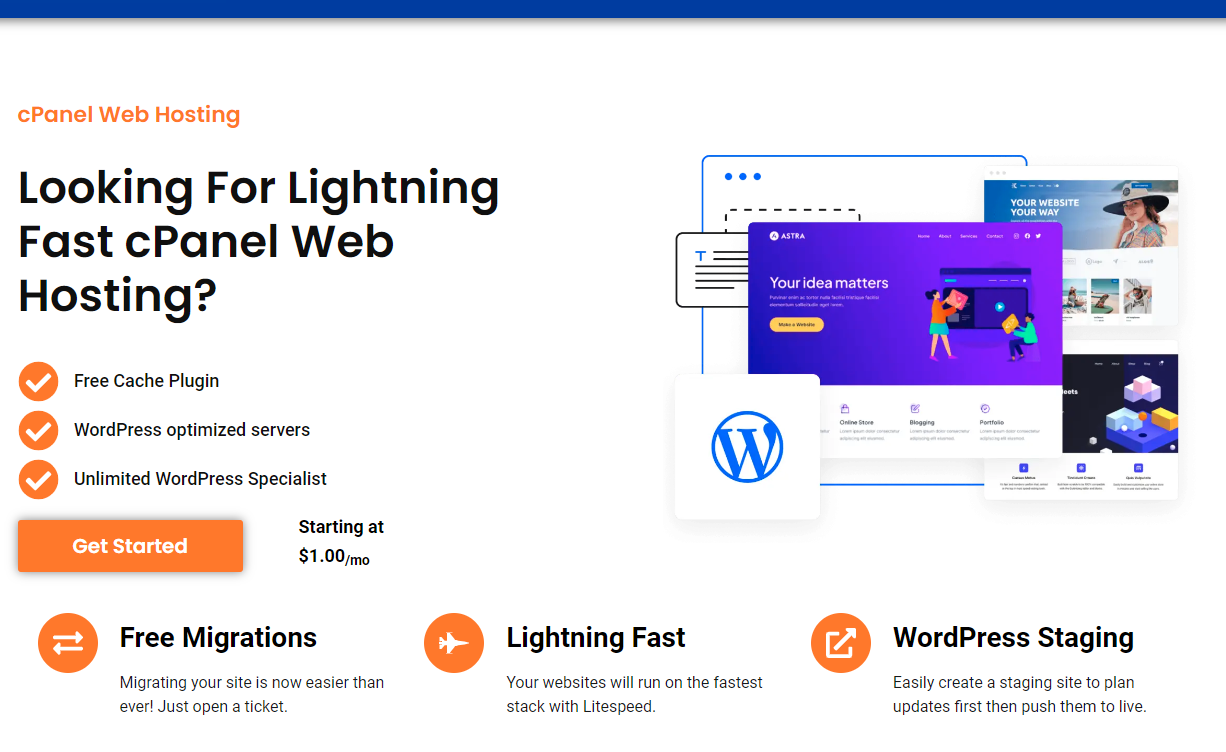If you’re serious about understanding your website’s traffic and improving your online performance, knowing how to add Google Analytics to WordPress is essential. Google Analytics provides valuable insights into your site’s visitors, their behavior, and how they interact with your content. By tracking this data, you can make informed decisions to grow your business, optimize content, and increase conversions.
In this guide, we’ll walk you through several methods on how to add Google Analytics to WordPress website, regardless of your technical expertise.
Why Should You Add Google Analytics to WordPress?
Google Analytics offers detailed reports on a variety of website metrics, including:
- Visitor Behavior: Track how visitors navigate through your site, which pages they visit, and how long they stay.
- Traffic Sources: Identify where your website traffic is coming from (search engines, social media, referrals, etc.).
- Conversion Tracking: Measure goals like form submissions, purchases, or sign-ups to understand your site’s effectiveness.
- Audience Demographics: Learn about your visitors’ location, age, and interests to refine your targeting.
Operating without Google Analytics means you are essentially navigating blindly, making educated guesses instead of relying on data-driven insights.
How to Add Google Analytics to WordPress (Step-by-Step)
There are several ways to add Google Analytics to your WordPress site:
- Using a Plugin (Most Recommended)
- Manually Adding the Google Analytics Tracking Code
- Using Google Tag Manager
Let’s explore each method so you can choose the one that best suits your needs.
1. How to Add Google Analytics to WordPress Using a Plugin
The easiest way to add Google Analytics to WordPress is by using a plugin. This method requires no coding, making it perfect for beginners. The most popular plugin for this is MonsterInsights.
Step-by-Step Guide for MonsterInsights:
- Install MonsterInsights
- Log into your WordPress dashboard.
- Go to Plugins > Add New.
- Search for MonsterInsights and click Install Now.
- After installation, click Activate.
- Connect Google Analytics
- Once activated, you’ll see the MonsterInsights setup wizard. Click Launch the Wizard.
- Select your website category (e.g., business, blog).
- Sign in with your Google account and give MonsterInsights permission to access your Google Analytics account.
- Select the correct Google Analytics property for your site and click Complete Connection.
- Configure Settings
After connecting, MonsterInsights will configure the basic Google Analytics settings automatically. You can also review and adjust tracking settings under Insights > Settings. - View Analytics in Your Dashboard
Once everything is set up, you can view your Google Analytics data directly in your WordPress dashboard under Insights > Reports.
2. How to Add Google Analytics Manually to WordPress
If you prefer to avoid plugins or want full control over the process on how to add Google Analytics to WordPress, you can manually add the Google Analytics tracking code to your WordPress theme. Here’s how to do it:
Step-by-Step Guide for Manual Installation:
- Sign Up for Google Analytics
- Go to Google Analytics and sign up with your Google account.
- After signing in, create a new property for your website.
- Google Analytics will provide you with a Tracking ID (e.g., UA-12345678-1) and a code snippet.
- Copy the Tracking Code
In your Google Analytics dashboard, navigate to Admin > Tracking Info > Tracking Code. Copy the full script that Google provides. - Paste the Code into WordPress
You need to add this code to your WordPress theme’sheader.phpfile.- Go to Appearance > Theme Editor in your WordPress dashboard.
- Find and open the
header.phpfile. - Paste the Google Analytics tracking code right before the closing
</head>tag. - Click Update File to save your changes.
- Verify Your Tracking
To confirm that Google Analytics is working, return to your Google Analytics account and check under Real-Time reports to see if data is being collected.
Note: If you manually add the tracking code, be aware that updating or changing your theme may overwrite the code, requiring you to re-add it.
3. How to Add Google Analytics to WordPress Using Google Tag Manager
If you’re managing multiple tracking codes on your site (like for Facebook Pixel, Google Ads, etc.), using Google Tag Manager to install Google Analytics might be the best solution. This method centralizes all your tracking scripts in one place, making it easier to manage.
Step-by-Step Guide for Google Tag Manager:
- Set Up Google Tag Manager
- Go to the Google Tag Manager website and sign up.
- Create a new container for your WordPress site.
- Add Google Tag Manager Code to WordPress
- Google Tag Manager will provide two code snippets (one for the
<head>and one for the<body>sections of your site). - Add these snippets to your WordPress theme’s
header.phpandfooter.phpfiles.
- Google Tag Manager will provide two code snippets (one for the
- Set Up Google Analytics in Tag Manager
- In your Tag Manager dashboard, click Add a New Tag.
- Name the tag “Google Analytics.”
- Choose Google Analytics: Universal Analytics as the tag type.
- Input your Google Analytics Tracking ID.
- Set the trigger to All Pages to track every page on your site.
- Save the tag and publish the changes.
- Verify Tracking
Go back to Google Analytics and ensure that data is being collected under the Real-Time reports.
Why Use Fusion Arc Hosting for Your WordPress Site?
At Fusion Arc Hosting, we make it simple to manage your WordPress site while ensuring it runs efficiently and how to add Google Analytics to WordPress. Our hosting platform is optimized for performance, and with Softaculous, you can easily install Google Analytics plugins like MonsterInsights with just one click within WordPress.
Benefits of Hosting with Fusion Arc Hosting:
- One-click WordPress installations with Softaculous
- Fast and secure hosting with SSD storage
- Free SSL certificates for secure data transmission
- 24/7/365 expert support for any hosting or WordPress issues
Whether you’re adding Google Analytics or managing your overall site performance, Fusion Arc Hosting has the features and tools to help you succeed. This is how to add Google Analytics to WordPress.





